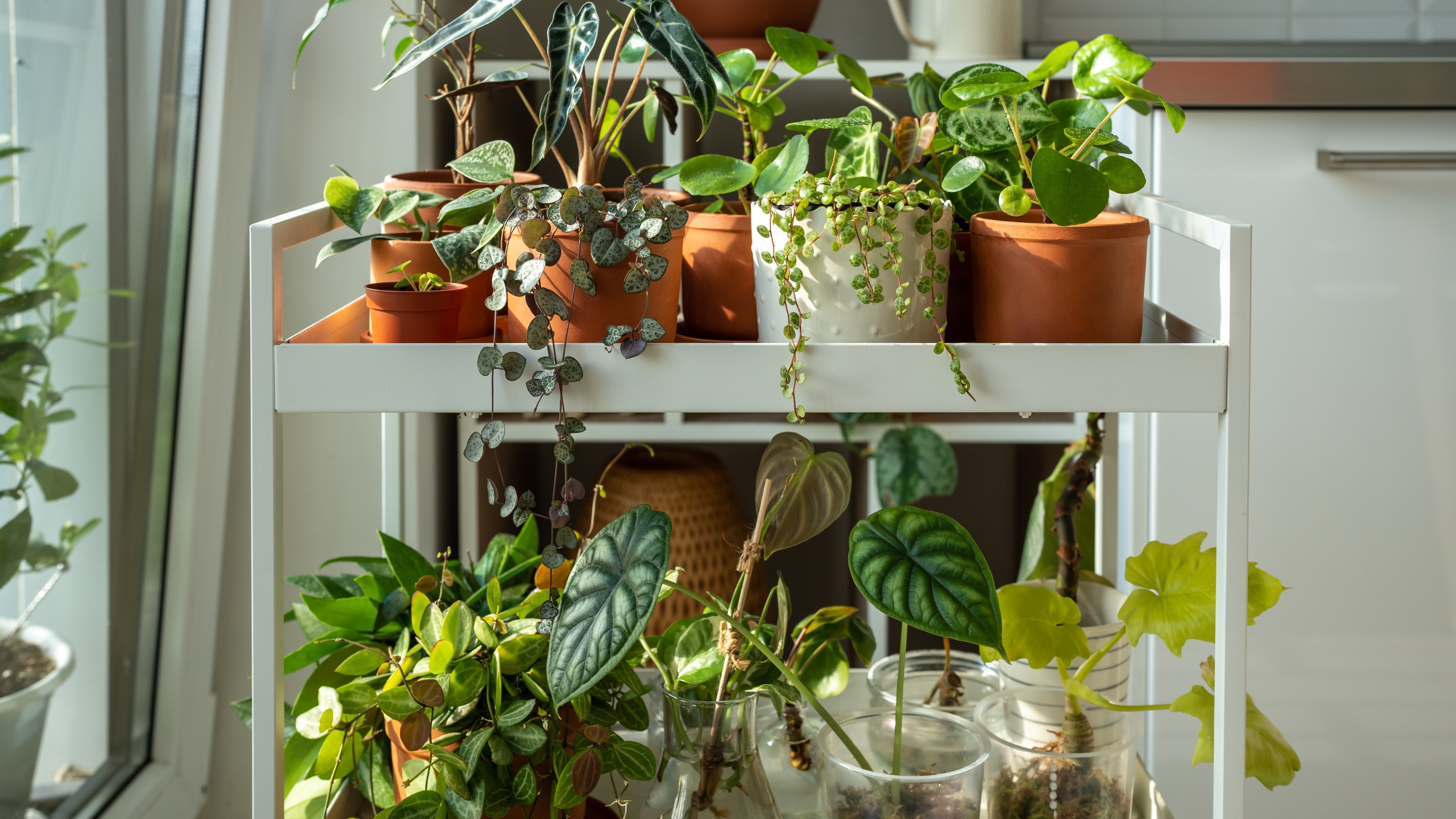

If you're new to plants, you may be stressing about how to not to kill houseplants. Investing in plants has been the new normal since the pandemic as sales skyrocketed due to Gen Z and Millennials posting all about their plants via social media (Hello, #PlantTok).
Returning to the office means even the most avid plant lovers can't give their full attention to their li'l plant babies anymore. If neglected, your houseplants may suffer from yellowing leaves or even death!
But fear not — Los Angeles-based educator, mother, and houseplant enthusiast, Michelle Ahn of @ohtheplacesyoull_grow, provided us with her top 10 tips that’ll keep your best indoor houseplants thriving and surviving!
Quick Menu: How Not to Kill Houseplants
How not to kill houseplants
1. Do your research
Before buying plants, do your research on the plant you’re interested in. Plants have different light, water, humidity, and soil requirements that are unique to their genus. An Alocasia, for example, can require humidity levels well above ambient conditions that everyone may not be able to easily replicate in their home.
2. Give them enough light
Plants require much more light than you think. Simply putting a plant in a room with windows may not be sufficient. Most houseplants require “bright indirect light,” which means bright enough to cast a shadow. If a plant is placed more than 5 feet from a window, it will likely not be receiving adequate light to thrive (although it can survive, it may not thrive).
3. Supplement with grow lights
This is related to tip #2. Houseplants can flourish in windowless rooms or shaded corners with high-quality grow lights. Grow lights should be full-spectrum and run for 12-16 hours a day like this GooingTop LED light from Amazon. You can also buy grow light bulbs that can fit in normal lamps.
4. Don’t water off a schedule
Oftentimes, new plant parents will literally shower their plants with love because watering plants is the main way we can interact with our plants. However, most houseplants require a drying period between waterings and do not like having their roots constantly wet, which can lead to root rot. Some plants show physical signs of thirst like curling leaves, but to be sure, stick a bamboo skewer or chopstick deep into the pot. If it comes out clean, water thoroughly. If it comes out dirty, hold off on watering.
5. Use pots with drainage
Because most houseplants prefer a drying period between waterings, the soil needs to drain sufficiently. Ensure your plants are in pots with lots of drainage holes, like this Utopia Home set of five pots from Amazon. If you have a decorative pot without drainage, you can get an inexpensive nursery pot with drainage and put that in the decorative pot. Using rocks or gravel at the bottom of a pot is not the same and does not contribute to better drainage. Ironically, it can actually increase the likelihood of root rot because it pushes the layer of saturated soil up closer to the roots, and that moisture has no way to drain away.
Although this is not a hard and fast rule for all plants. You can successfully grow plants without drainage for semi-hydroponics and even in other mediums, but this requires knowledge and experience in growing plants this way. It is not recommended for beginner plant parents.
6. Consider a humidifier
Many houseplants come from tropical or subtropical regions where the humidity is very high. While plants can adapt to ambient humidity, most will thrive better when humidity is above 60%. If you notice crispy tips or dull-looking leaves, consider investing in a humidifier like this Rosekm humidifier from Amazon. Your plants will appreciate the spa-like environment!
7. Low light doesn't mean no light
Zzs and Snake Plants are often touted as plants that can grow in windowless bathrooms. However, surviving is not the same as thriving. Low light-tolerant plants will flourish when given more light. So before you place those cute succulents or Zzs in your bathroom, consider getting a grow light!
8. Re-pot when grown out
Eventually, your houseplants will need to be repotted. When you notice yellowing leaves, slower growth, soil that dries out faster than normal, and roots coming out of drainage holes, it’s time to inspect your plants for repotting. A good rule of thumb is to repot into a pot that’s 2 inches larger than the rootball. Repotting into a container much larger will only result in plants being more susceptible to fungus gnats and root rot.
9. Check for pests
As much as we dislike pests when you own houseplants, they often come hand in hand. Always inspect plants before purchasing -especially from big box stores, which are notorious for housing spider mites, fungus gnats, and thrips. If you do notice pests, you can use an insecticidal soap and there are products to also treat any larvae that may be living in the soil. Inspect and clean your plants regularly and quarantine new plants for at least two weeks to ensure any hitchhikers don’t spread to your other plants.
10. Keep trying
A green thumb is learned. Plant care is all trial and error. Even seasoned plant parents will still unalive plants. Take each experience as a learning opportunity to see what you need to tweak next time. Don’t be discouraged. Succulents are often mislabeled as “easy” plants when they’re not! People tend to over-love them with water. Fiddle Leaf Figs are a popular household staple plant, but they are extremely finicky and require more light and less frequent watering than people believe. Do your research and keep trying!

Michelle Ahn is a Los Angeles-based educator, mother, and houseplant enthusiast. She is the founder of the houseplant blog, @ohtheplacesyoull_grow.
Best plants to buy
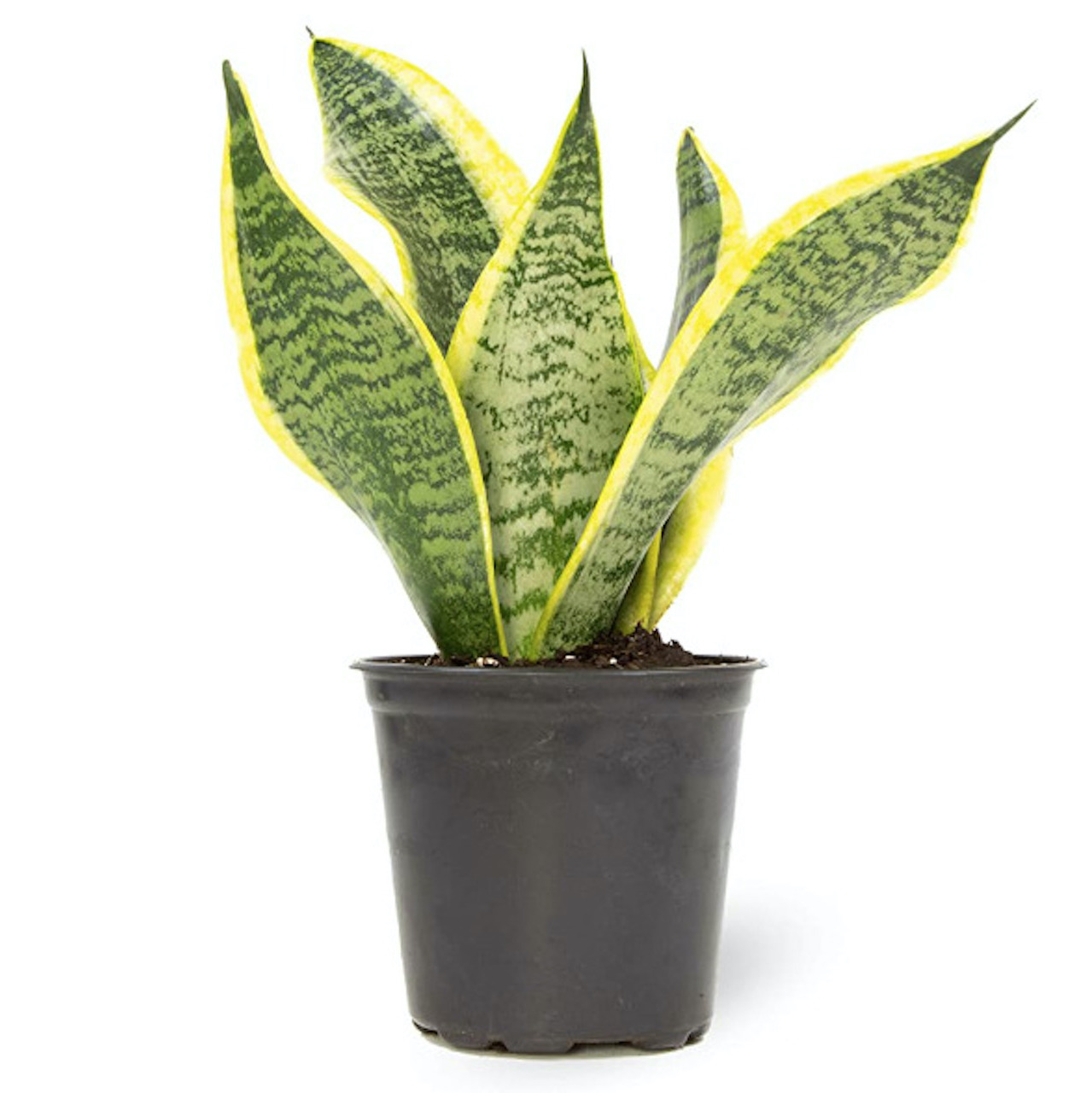
Price: $13.63
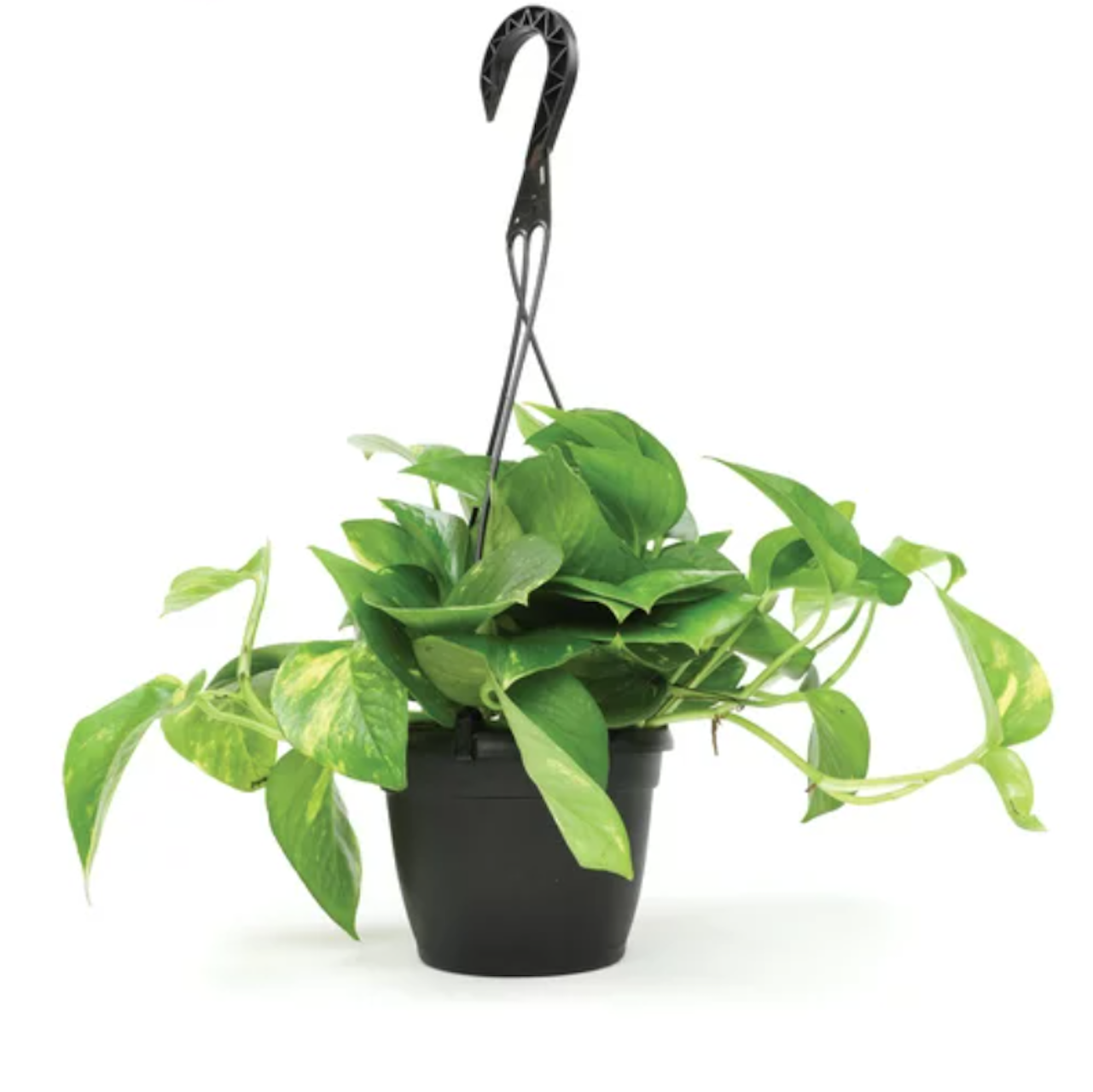
Price: $18.47
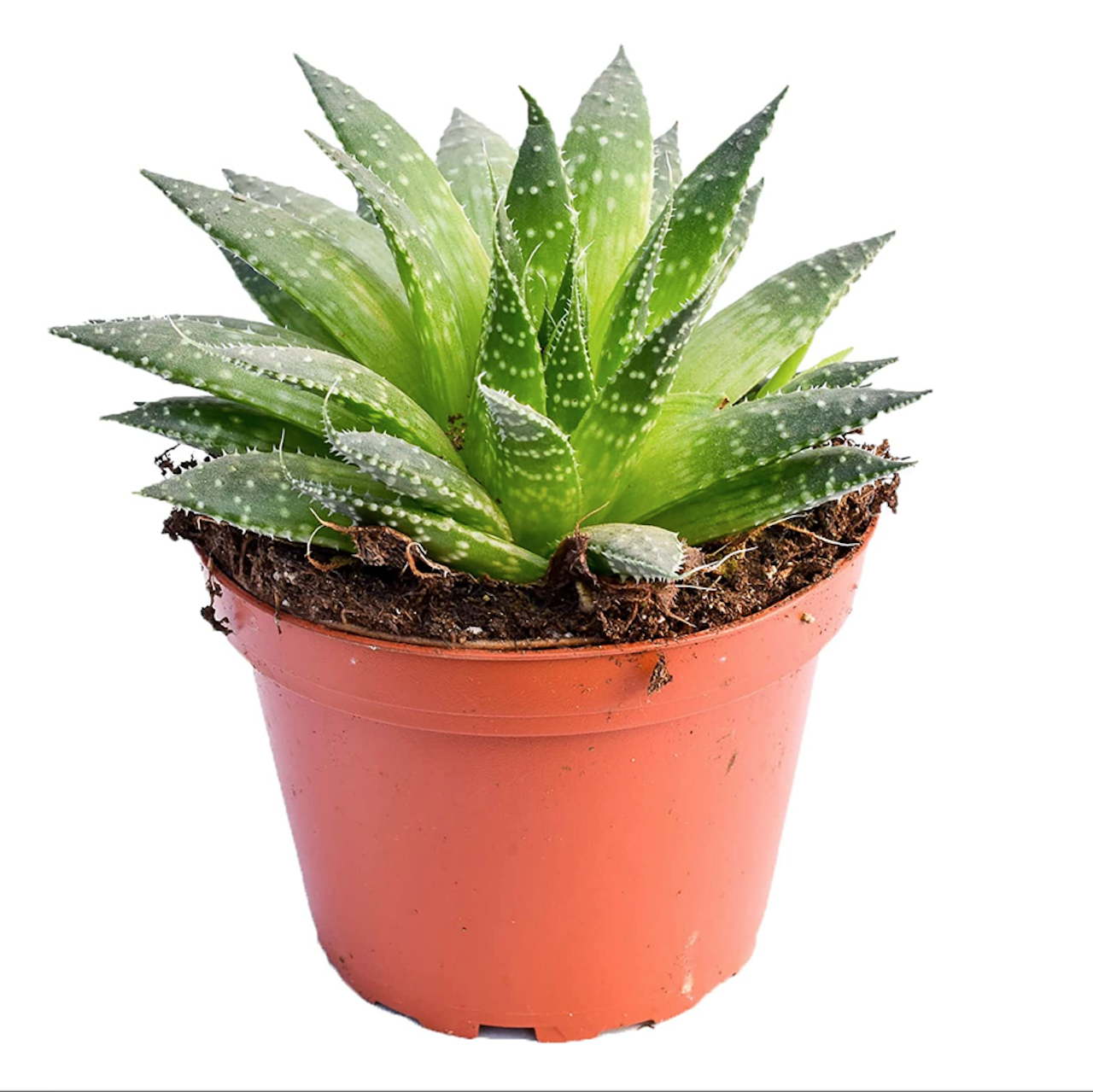
Price: $7.99
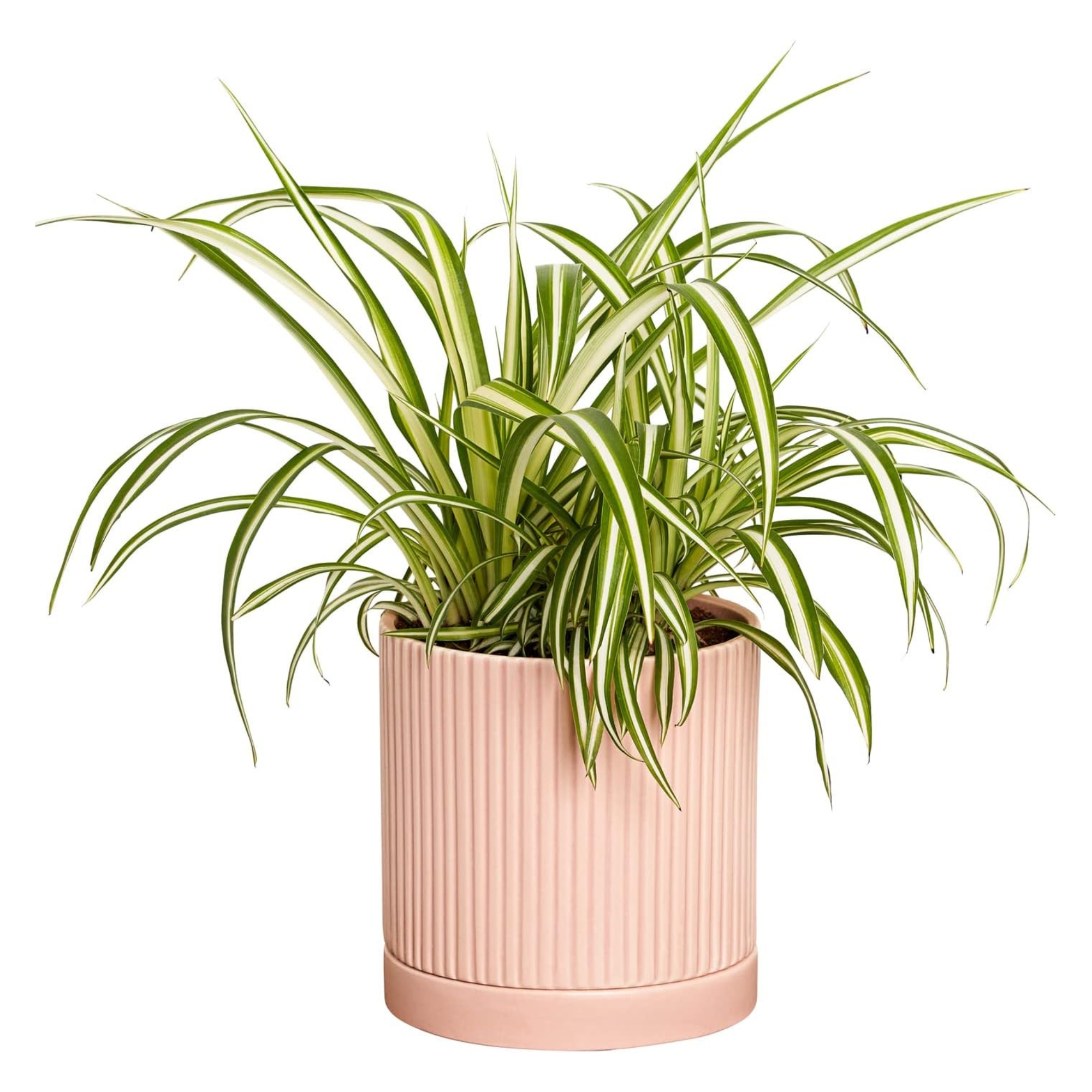
Price: $44.72
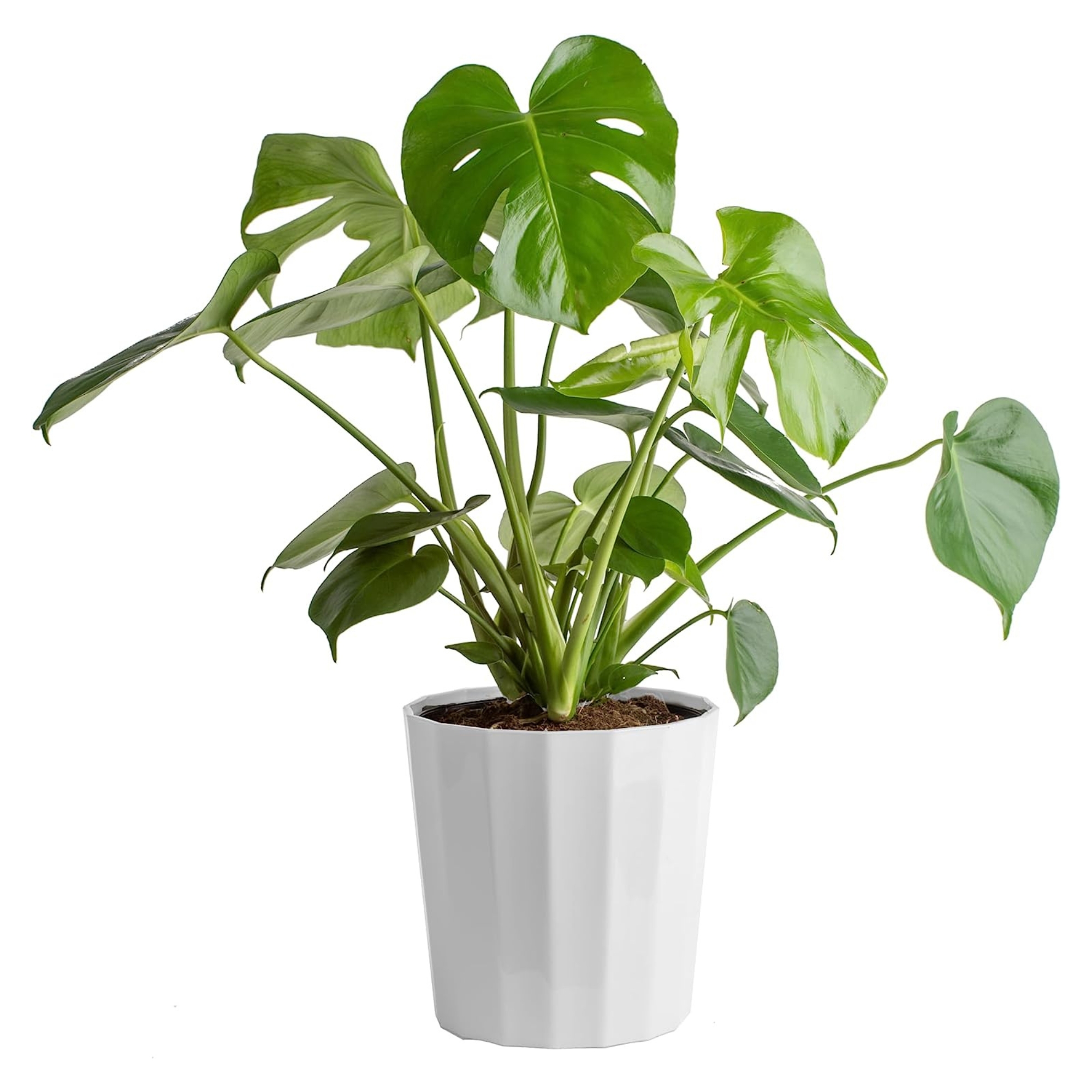
Price: $49.99
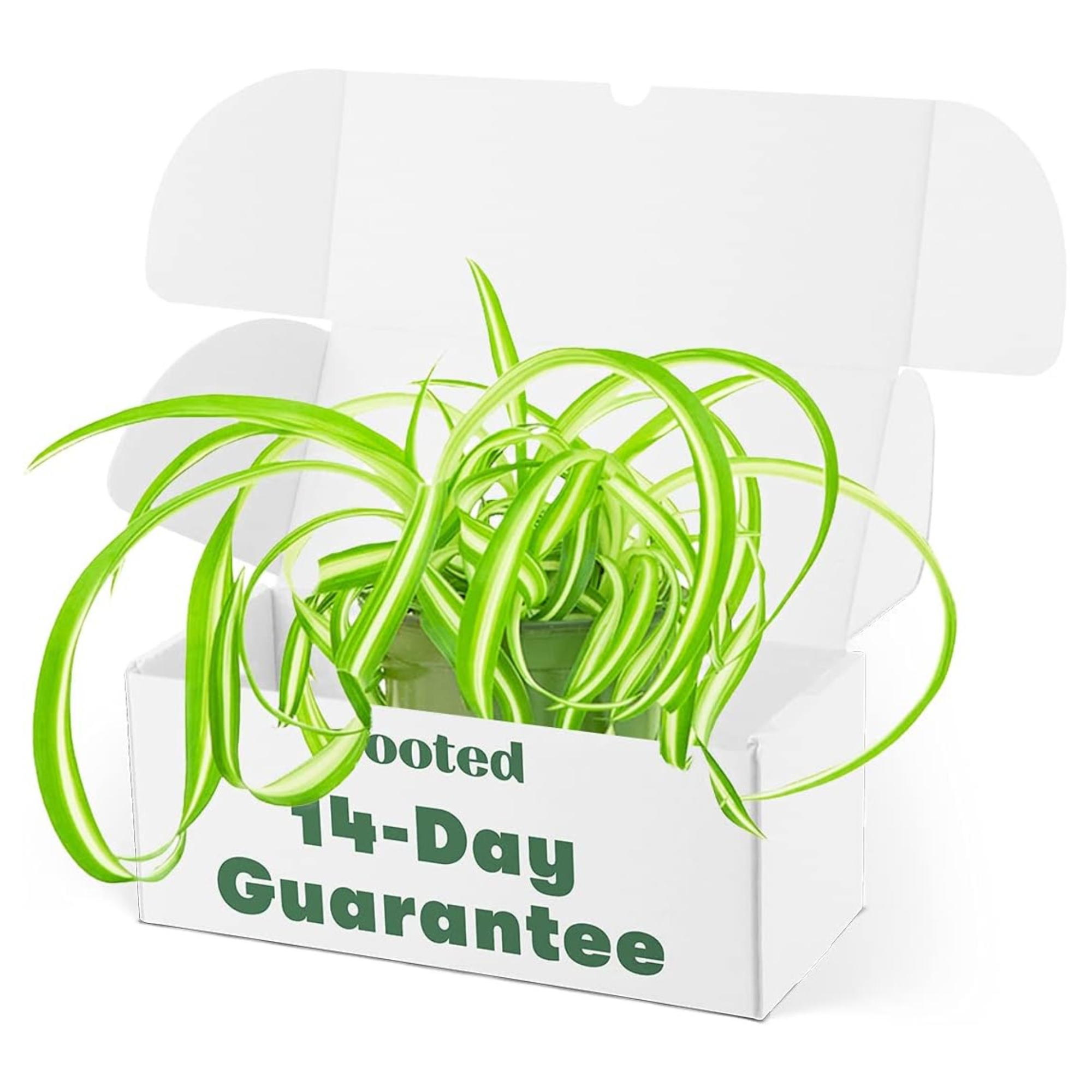
Price: $21.99
Frequently asked questions
Whats the easiest plant to take care of?
There are some pretty common low-maintenance houseplants that don't require a lot of work. Try a snake plant, money plant, peace lily, or spider plant if you're a beginner.
What should I look for when buying plants?
Always check the care instructions on a plant before committing to bring it home. If these aren't available, there's plenty of info on Google. Check the requirements for light and humidity to make sure your environment is a good match. If your apartment is pretty dark, you won't want to pick up a full-sun plant!
Now that you know how to take care of your plants properly, you may be wondering which plants are best for you. If you're in a small space, you can't go wrong with our best plants for apartments.
Join our newsletter
Get small space home decor ideas, celeb inspiration, DIY tips and more, straight to your inbox!

About Me:
Hello! My name is Aida M. Toro and I am a freelance writer that loves cultivating stories about amazing people, fashion, interiors, art, and food. I currently write for Harper’s Bazaar Vietnam, The House Magazine, Hobnob Magazine, The C-Word, and Real Homes. I live in West New York, New Jersey, which is literally a 10-minute ferry ride or 20-minute bus ride away from New York City. Although I was born and raised in West New York, I consider NYC my home, as I believe it to be the place where all dreams come to fruition, and of course, spend most of my time in. When I’m not writing, I love perusing the city streets and taking snaps with my iPhone of street art along with random things, scoping out new restaurants as well as their spaces, shopping at some of my favorite stores, spending time with family and friends, walking my cockapoodle Benji, and working out at Lifetime or DOGPOUND, which are some of the top fitness spaces in Manhattan and overall the U.S.